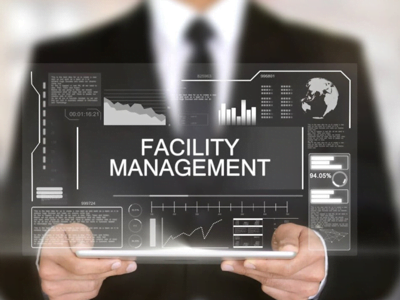 An intelligent building system can provide many benefits to businesses. For example, it can help prevent double bookings for hot desks and meeting rooms. It can also publish the availability of meeting rooms to staff and customers via the web or mobile device. Intelligent buildings also can feed availability information into a central system, which makes it easier for businesses to avoid double bookings and waste resources.
An intelligent building system can provide many benefits to businesses. For example, it can help prevent double bookings for hot desks and meeting rooms. It can also publish the availability of meeting rooms to staff and customers via the web or mobile device. Intelligent buildings also can feed availability information into a central system, which makes it easier for businesses to avoid double bookings and waste resources.
IoT sensors
The Internet of Things is helping to make building maintenance more efficient. Implementing IoT sensors in buildings allows facility managers to monitor different systems and keep tabs on energy consumption. In addition, they will be able to use dashboards to analyze data from building sensors. This data will help facilities managers make informed decisions regarding the operation of their buildings.
IoT sensors can increase security and efficiency by detecting and reporting issues that might arise. For example, it can help facilities managers identify missing mobile equipment. It can also help track the performance of ventilation systems by monitoring carbon dioxide and particulate matter. IoT sensors can also be used to track occupancy in common areas.
AI
Artificial intelligence can play an important role in smart building facility management, from predicting building thermal load to optimizing HVAC systems. AI-powered systems can help facilities managers identify unexpected challenges before they arise and take appropriate action. For example, AI can help identify employees running hot in the office or reduce the risk of infection. As energy prices continue to rise, AI-enabled solutions could become essential in building operations analysis in the near future.
AI-driven systems need a solid foundation of data to be trained. The training data for intelligent building systems may be limited, so creating it is essential. Experiments in the building can help develop training data. For example, a system can be trained by adjusting window shades or the AC temperature based on the time of day or office occupancy. It can also learn to recognize the presence of sunlight.
Machine learning
Several studies have investigated the application of machine learning in intelligent building facility management. However, most of them need to take rooftop photovoltaic generation into account. Those that do consider this application have varied approaches and methodologies. Vazquez-Canteli, Ulyanin, Kampf, and Nagy (2019) used a building energy simulator as a training environment to train reinforcement learning agents to reduce the electricity consumption of the air conditioning system over a day. The agents were also instructed to operate a heat pump and manage a chilled water tank in the presence of local photovoltaic generation.
The proposed framework for machine learning in intelligent building facility management comprises five significant steps: data collection, data processing, model development, and fault notification. The first step is data preparation, which consists of storing, cleaning, and transforming data. Each step involves preparing the data flow for the learning process.
Cost-benefit analyses
Smart buildings use automated processes to manage their operations, including HVAC, lighting, security, and other systems. The technology includes a network of microchips, actuators, and sensors that provide real-time insights and automate processes to improve operations. For example, using the right IoT, an intelligent building can track how many workers are on-site and predict needs based on the number of people present.
This data can help facilities make informed decisions and save energy and money. It can also help facilities achieve regulatory compliance and identify inefficiencies. Analytics can help you identify and prioritize operational issues, such as when to turn off lights during low-use periods or to increase air conditioning. You can identify problems early on using predictive analytics, including when sensors are drifting out of calibration.
Integrated facilities management
Integrated facilities management is a method of facility management that integrates various systems under one roof. It allows facilities managers to leverage existing resources and increase productivity while reducing costs. This type of facility management will also help facilities managers increase stakeholder support and budget accuracy. It puts the power of new technology in the hands of Facilities Managers.
Intelligent buildings are increasingly becoming more connected, allowing facilities managers to access data on their buildings to make better decisions. Using integrated systems, a Facilities Manager can manage assets remotely and use automated work order processing for building maintenance. They can also perform a facility condition assessment to determine the condition of their buildings and prioritize areas that need care. As a result, they can save up to five percent on operational expenses in just a year.







